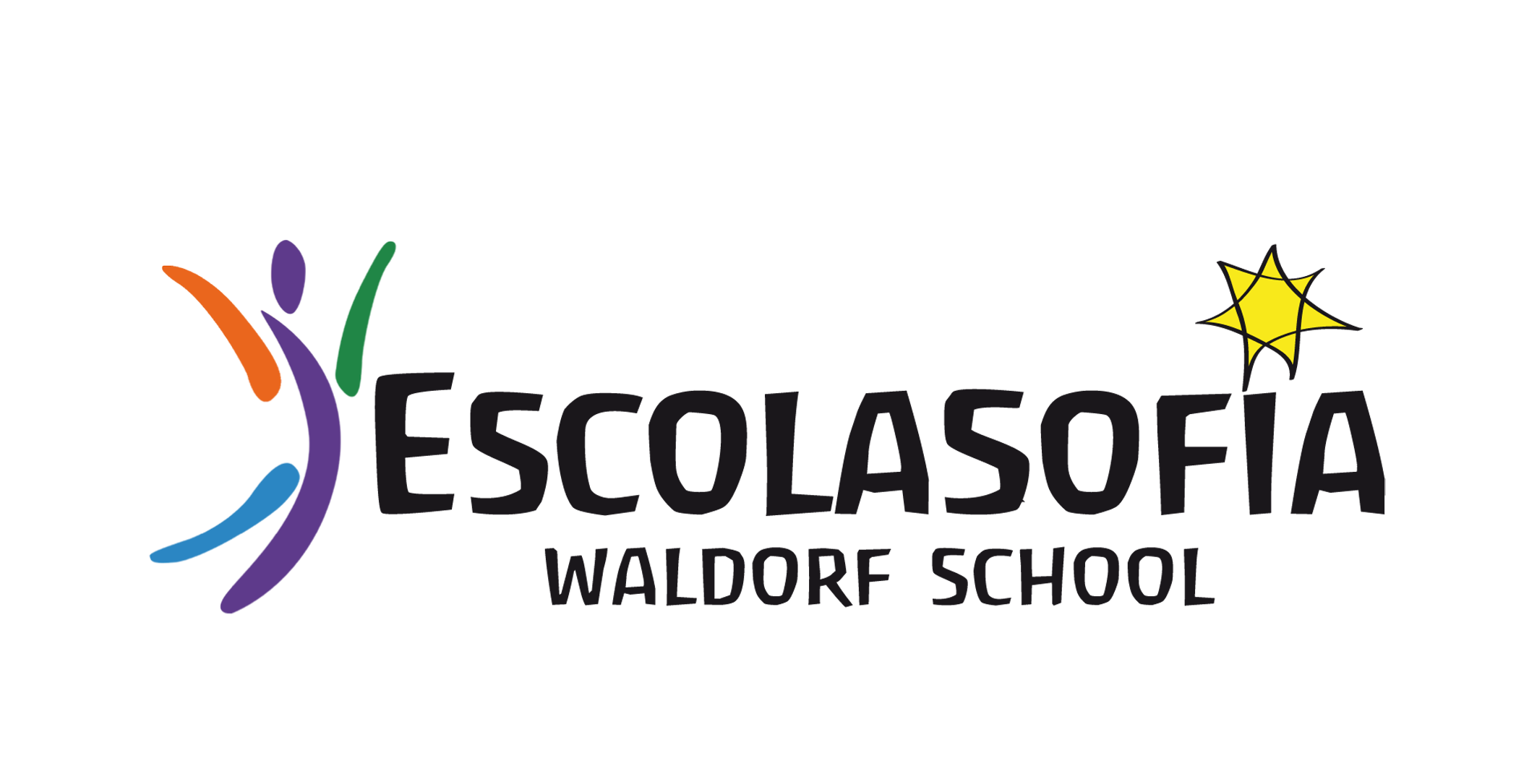| SUBJECT | CONTENTS |
| Math | The origin of the units of measure – different units of measurement and differences (length, capacity, mass, area and time). Calculation of surfaces. Management of formulas for the area / perimeter / length of the square. The rectangle, triangle and circle. Volume measurements. Difference between area and perimeter. Notion of angle and measurement with instruments. Mathematical statements. Difference between decimal, centesimal and sexagesimal measurement systems. Properties of multiplication. Difference between rational numbers: decimal numbers, fractions and whole numbers (positive and negative). Operations with decimal numbers: addition, subtraction, multiplication and division. Start the use of powers and relate them to the use of roots. Operations using the GCF and LCM. Operations: Including integers, decimals and fractions numbers, find calculation strategies. Basic notions of accounting. Mathematical problems related to accounting. Introduction to equations. Principles of algebra. Geometry: The situation in the plane and in space, distances, angles and turns, Plane and spatial forms, Regularities and symmetries. |
| Spanish | Grammar review. Conjugation of regular and irregular verbs. The argumentation. Dialogue. The dramatization. Subjunctive mood of the verb. Word types. Words according to number of syllables. The stressed syllables in words. Sharp, flat, “esdrújulas” and “sobredrújulas” words. Accentuation rules. The diphthong, the tripthong and the hiatus. Reading comprehension. Summaries and Outlines. The description. Spelling rules and use of the dictionary . |
| Social Sciences | Astronomy in relation to geography. The foundation of Rome under a dual aspect: Romulus and Remus, kings, patricians and mythical commoners. Origin of the Roman Empire and its organization. Rome and Carthage. Caesar and the beginning of a new system of government. The spread of Christianity in the Roman Empire. The fall of Rome. Time of Christ, the crusades, medieval society. The European continent: Its geographical and astronomical location. Location of geographic spaces, contrasts. Regions, relief, hydrography, climates of the European continent. Countries and capitals of Europe. Distribution and location of natural resources . Organization of Spain by autonomous communities and provinces. Main rivers and mountains of Spain. |
| Natural Sciences | The layers of the earth, recognizing its characteristics. The origin of the rocks and their three types of formation (metamorphic, igneous and sedimentary). The different rocks that make up mountains and their characteristics. Gemstones found in primitive rocks, others in lime, and others in volcanic rocks. Transformation of precious stones. Rocks, minerals and gems. Origin of present day astronomy . The Geocentric Theory (Ptolemy), and the Heliocentric Theory (Galileo Galilei and Copernicus). The planets of the milky way and the sun. The Moon and its phases. Introduction to the main acoustic phenomena: vibration, the perception of sound bodies, resonance. Theory of colors and optics from experiences in painting. Magnetism. Electricity: The phenomena of attraction and repulsion. Thermodynamics. |
| Handwork | Stuffed Animal Sewing: The Animal and the Doll. |
| Form drawing | Step to geometry with precision instruments. Movement of stars, forms of minerals. Starting from the circle, construction of various forms. Starting from the circle, construction of triangles. Construction of the pentagon and the 5-pointed star. |
| English | Readings, humorous stories. Translations and writings. Oral comprehension. Oral expression. Written comprehension. |
| Music | Diatonic Music. Reading music. Sing in three parts. Jugglers and songs of the middle ages. Roman music. Continuation of music theory. Study of instruments, percussion, plucking, orchestral, wind. Work with parallel keys. Make up melodies through improvisation and write them down. Learn different motifs from different eras in the history of music. |
| Literature | Reading history, adventure, places on earth, astronomy, inventions. Summaries, main ideas, reading report. |
| Sculpting | Low relief in Roman style. Geometric shapes from a ball. Forms of minerals. Other options: Human Figures in Groups. The relationship between the individual and a group. Figures Fighting. |
| Painting | Drawing with charcoal, light and dark, black and white drawing. Landscape, contrast, spectrum. Perspective drawing. Platonic solids. Layered drawing, mineral shapes. Subjects of history, mineralogy, principles of physics, botany and Geography. |
| Movement: Gymnastics, games and eurythmy | The force of verticality, polarity up / down. Initiation to juggling. Team sports. Initiation to athletics. Principles of anatomy: muscles. Rotation and transformation of geometric shapes. Copper bar exercises. Concentration exercises. Grammatical forms (Apollonian forms). Eurythmic gestures for some intervals. Major scales with sharps and flats. Dance of peace and energy. |
| Gardening | Garden practice. History of agriculture. Elaboration of the garden. Materials required. Weeding planters and garden areas. Make cups with roses. Plant fruit and native trees. Drying medicinal flowers. |
| Carpentry | Design, cut and carve with precision. Carve a useful wooden object. Carve a toy. |
